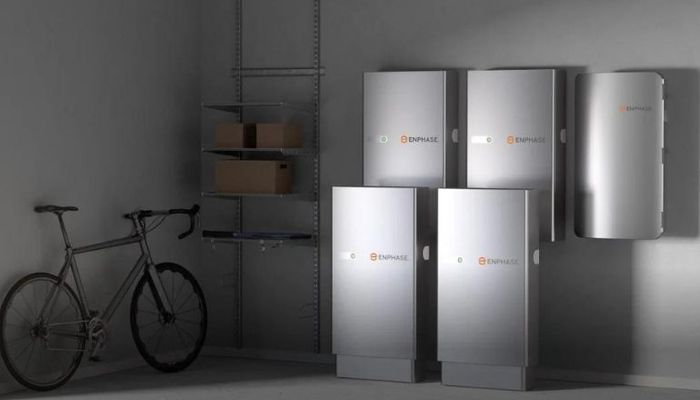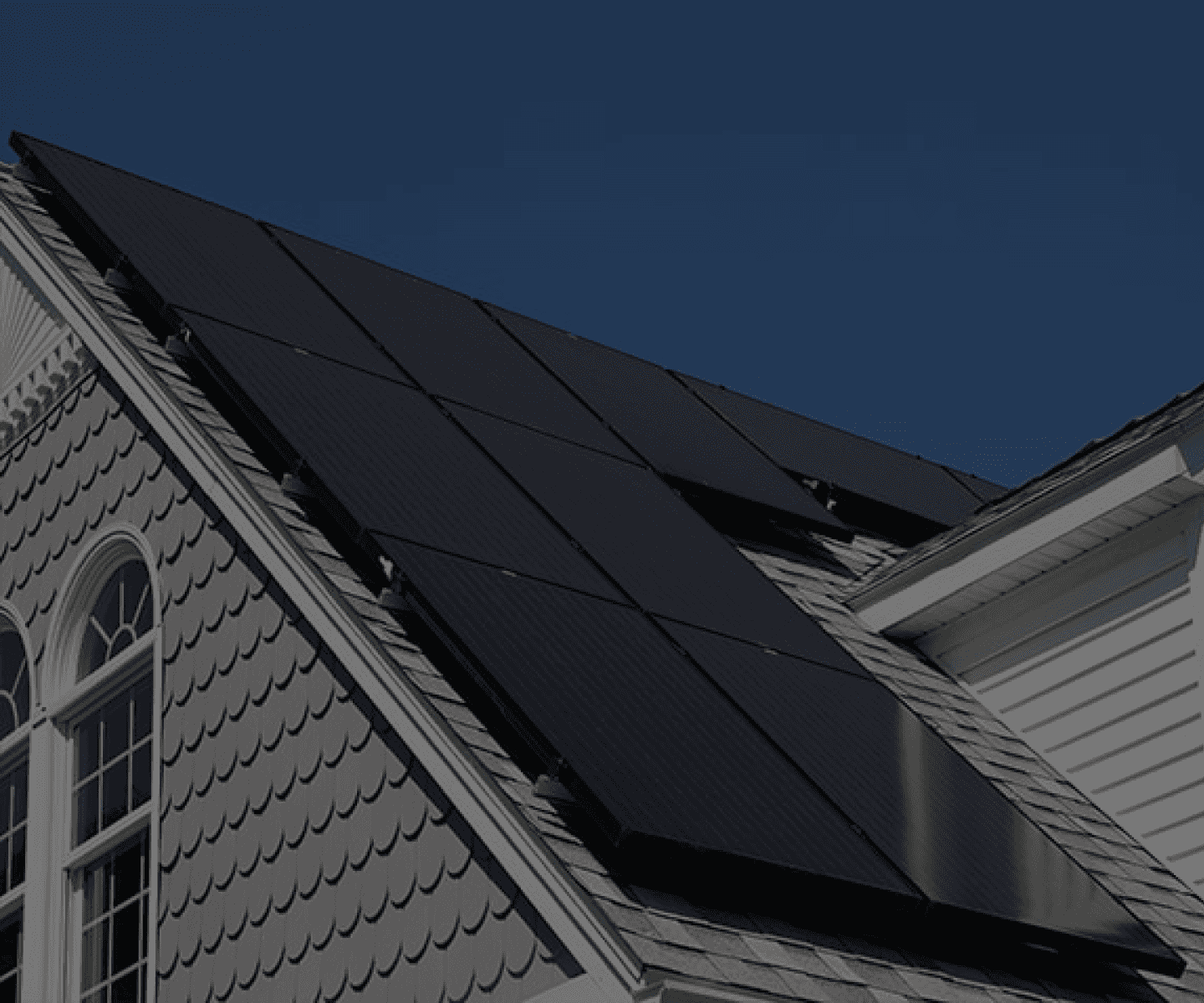How Many Solar Panels Do I Need to Charge my EV?

With gas prices at all-time highs, interest in electric vehicles (EVs) is soaring.
Yes, driving an electric car means spending less money at the gas station. But on the flip side, charging an electric vehicle at home increases your electric bill.
If you want to maximize savings (and be even more eco-friendly), you may want to consider installing solar panels to charge your EV at home. In this article, we share more information on calculating and saving money with an at-home EV charging station powered by solar panels.
Can Solar Panels Charge Electric Cars?
In a word, yes. You can use solar panels to charge an electric car. However, there’s more to this answer.
First, one might assume that you can set up a solar panel on the roof of your electric vehicle, enabling you to drive for free forever. Wouldn’t that be nice? But as ideal as that sounds, it doesn’t work that way. You would typically need more solar panels than your car’s roof would allow.
Second, it is impractical to set up a separate solar-powered EV charging station at your home. Excess solar energy will just go to waste for every minute that you aren’t driving your car.
Lastly, it’s unreasonable to install one or two solar panels on your roof or property for the sole purpose of charging an EV (for the same reason above — wasted energy).
The best solution is to install a complete grid-tied solar energy system for your home. This way, even if you don’t drive your car for an entire week, your panels will still generate energy to power other appliances and utilities in your home. You’ll save even more money across the board.

How Many Solar Panels Do I Need to Charge an Electric Car?
So, how big does your solar array need to be to charge your electric car? The answer depends on a few different factors.
Follow these steps to help determine how many solar panels you need to charge your electric car.
1. Determine kWh Per Mile
Solar panels produce energy measured in kilowatt-hours (kWh). Refer to the specifications of your EV to see how many kWh your car uses per mile on average.
For example, a BMW i3 uses about .3 kWh per mile, typical for today’s electric vehicles. If you plan to drive 30 miles, your car will use 9 kWh (.3 kWh/mile x 30 miles = 9 kWh). If you drive it 30 miles every day for a month, the car will use 270 kWh per month (9 kWh x 30 days = 270 kWh).
2. Assess Location of Solar Panels
The geographical location of your solar panels will make a difference. Naturally, solar panels produce more power in areas that get more sun (like Southern California) compared to places that get less sun (like the state of Washington).
The main factors that can impact solar array size and production are latitude (how far north or south you are) and weather (like how many cloudy days you have).
This doesn’t mean that you can’t install solar panels in Seattle, Washington. You’ll just need a few more solar panels than someone living in Los Angeles.
3. Assess Orientation of Solar Panels
Direction, angle and tilt will also affect the production of solar panels. In the United States, it is best to install solar panels facing due south at an angle of 30 to 35 degrees from the horizontal.
Your roof may not face due south, but that is fine. Just know that they might not produce as much power, and you might need a few more solar panels to get what you need to charge your electric vehicle fully.
4. Calculate PV System Size
First, use this helpful calculator to determine how many solar panels you need for your entire home.
Next, you can separately determine how many solar panels you need to charge your electric vehicle. Calculate how much additional energy your car will need based on how many miles you plan to drive (see step 1).

Other Tips For Using Solar Panels to Charge an EV
Keep these tips in mind to help maximize your savings and optimize solar efficiency.
Understand TOU Rates
If you are on a time of use electric rate, your electricity costs more in the evenings (typically 4 pm to 9 pm). Solar panels produce most of their energy around noon, and most folks want to charge their electric vehicle when they get home from work — when electricity costs the most.
Time Your Charging
Always charge your EV after 9 pm to take advantage of the lower electric rate.
Install More Solar Panels
If your roof or ground allows, you can install a few extra solar panels to make up the cost difference. This enables you to charge an electric vehicle during peak times without the higher costs.
Install a Solar Battery
A solar battery stores excess energy that the panels produce. You can use energy stored in the battery to charge your car throughout the day to avoid paying higher rates for charging at peak times.
Get Started With Solar Today
There’s never been a better time to install solar panels and invest in an electric vehicle. Using a solar panel system to charge your EV (and power your home) is the way to go if you want to save thousands of dollars in the long run.
To begin planning your solar installation today, get in touch with the experts at GoGreenSolar. Start by scoping out your solar system size with our ‘How Many Solar Panels Do I Need?’ calculator, then explore our DIY Solar Panel Kits to gauge everything you need for a complete installation.
You can also contact GoGreenSolar for any questions about your solar project or calculations. We’re happy to help!






